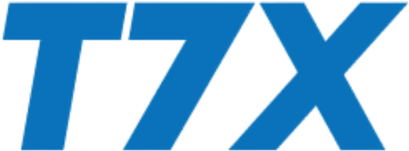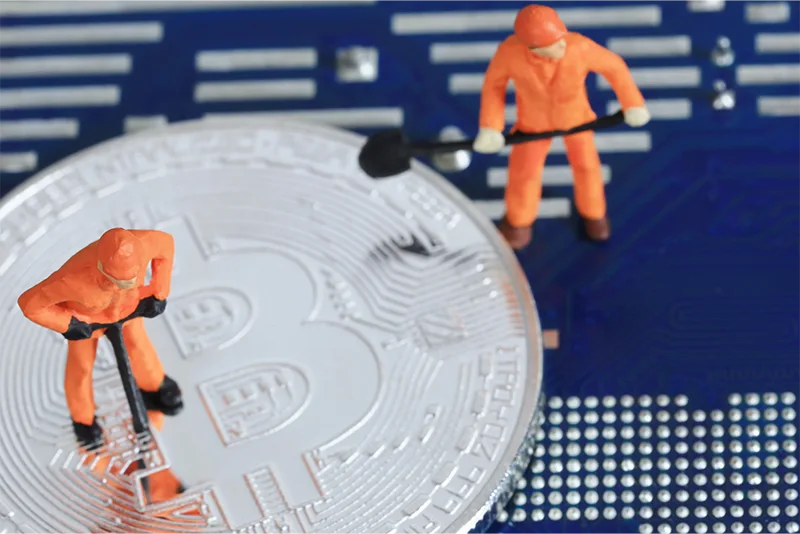Tokenization of real-world assets (RWAs) and traditional asset securitization both aim to make assets more accessible and liquid, but they differ significantly in terms of technology, cost, transparency, and investor access. While securitization has long been a cornerstone of the financial world, blockchain-based tokenization offers a modern approach that can transform asset management, ownership, and investment. Below are the key differences that set these two methods apart.
1. Technology Foundation
Traditional securitization relies on centralized
financial institutions, with intermediaries like banks, legal advisors, rating agencies, and custodians playing crucial roles. These entities handle documentation, compliance, and risk assessment. This process is both costly and time-intensive due to manual oversight and the need for verification at multiple stages.
RWA tokenization uses blockchain technology, a decentralized ledger that records transactions securely and transparently. Blockchain automates much of the process by using smart contracts-self-executing code that enforces the terms of an agreement. This digital approach eliminates or reduces the need for intermediaries, cutting down costs and speeding up transactions.
Key Difference: Securitization depends on centralized, intermediary-based processes, while RWA tokenization uses blockchain’s decentralized technology for faster and more efficient
transactions.
2. Intermediaries and Cost Efficiency
In securitization, various intermediaries, including banks, rating agencies, legal firms, and trustees, are needed to structure, manage, and monitor the asset-backed securities (ABS). Each of these intermediaries charges fees, leading to high costs that can reduce investors’ returns.
Blockchain-based tokenization largely eliminates the need for intermediaries. Smart contracts manage functions like income distribution, compliance checks, and ownership transfers, automating processes that would otherwise require manual oversight. This approach lowers fees and makes the process more efficient.
Key Difference: RWA tokenization reduces reliance on intermediaries and lowers transaction costs, while securitization involves numerous third parties and higher fees.
3. Accessibility and Fractional Ownership
Traditional securitization typically has high minimum investment requirements, making it accessible primarily to institutional investors. Moreover, these securities are usually not divisible, so investors must commit large sums, restricting access for smaller investors.
Tokenization enables fractional ownership, allowing assets to be divided into smaller digital tokens that represent partial ownership. This makes previously illiquid and high-value assets, like real estate, accessible to a broader range of investors, including retail investors. Tokenization thus democratizes investment opportunities by lowering entry barriers.
Key Difference: Tokenization allows for fractional ownership and accessibility to a wider pool of investors, while traditional securitization generally restricts participation to institutional players due to higher entry requirements.
4. Transparency and Traceability
Securitization often lacks transparency, as the details about underlying assets, transaction history, and valuation are typically controlled by centralized institutions. Investors may not have full visibility into the asset’s quality or performance.
Blockchain’s decentralized ledger records each transaction immutably and publicly, giving investors transparent access to ownership and transaction history. This visibility into asset performance, transaction records, and structure boosts trust and accountability in tokenized assets.
Key Difference: Blockchain-based tokenization provides transparency and traceability through a public ledger, whereas traditional securitization can be opaque, relying on centralized reporting.
5. Liquidity and Market Access
Securitized assets, such as mortgage-backed securities (MBS) and collateralized debt obligations (CDOs), are often illiquid, with limited opportunities for trading on secondary markets. Liquidity is typically restricted to institutional investors, who may face limitations when attempting to exit their positions.
Tokenized assets can be traded on digital platforms or decentralized exchanges, making it easier to buy, sell, and transfer ownership. By enabling fractional ownership and continuous trading, tokenized assets offer higher liquidity. Investors can exit positions more easily, and markets remain accessible 24/7.
Key Difference: Tokenization enables greater liquidity and market access through decentralized exchanges, while traditional securitization often limits liquidity and trading to institutional investors in less accessible markets.
6. Settlement Speed
Settlement in traditional asset securitization can take days to weeks due to multiple layers of verification and processing. The involvement of multiple intermediaries and regulatory steps contributes to the lengthy settlement process.
Blockchain technology allows for
near-instantaneous settlements. Ownership transfers and income distributions can be automated via smart contracts, reducing delays. Transactions settle in real-time or within minutes, benefiting both asset owners and investors.
Key Difference: Blockchain-based tokenization offers faster settlement times compared to traditional securitization’s slower, intermediary-dependent processes.
7. Compliance and Regulatory Integration
Compliance in securitization is managed by financial institutions and centralized authorities, with extensive documentation and regulatory oversight. This process can be costly, time-consuming.
Tokenized assets can integrate compliance directly into their smart contracts, enforcing KYC (Know Your Customer), AML (Anti-Money Laundering), and regional regulations automatically. This flexibility
restricts access for international investors due allows tokenized assets to meet compliance to differing regulatory requirements.
Key Difference: Compliance is embedded directly into tokenized assets via smart contracts, simplifying cross-border transactions, whereas traditional securitization requires centralized, often costly, regulatory processes.
8. Global Reach and Investor Accessibility
Traditional securitized products are often restricted to certain markets or jurisdictions, limiting the investor base to regional markets or specific types of accredited investors. Regulatory constraints and logistical limitations create barriers to international participation.
Blockchain’s global infrastructure allows tokenized assets to be accessible worldwide. Investors from different regions can buy tokens representing ownership in assets across borders, creating a more diversified and accessible investment landscape.
Key Difference: RWA tokenization enables global investor reach, while traditional securitization faces jurisdictional limitations and is often restricted to regional markets.
While both RWA tokenization and traditional asset securitization seek to enhance asset accessibility and liquidity, tokenization provides unique benefits by leveraging blockchain’s decentralized and transparent infrastructure. Traditional securitization is largely reliant on centralized intermediaries, higher costs, and limited liquidity, making it less accessible to small investors and prone to slower transaction times. RWA tokenization, however, democratizes investment, reduces costs, and enhances liquidity through fractional ownership and global access.
Tokenization transforms how assets are owned, traded, and managed, offering a future-oriented alternative to the traditional securitization model that has dominated the financial landscape. As blockchain technology continues to develop, RWA tokenization is likely to bring new efficiencies, transparency, and accessibility to the asset market, opening doors to a broader range of investors and redefining the way assets are securitized and exchanged.



